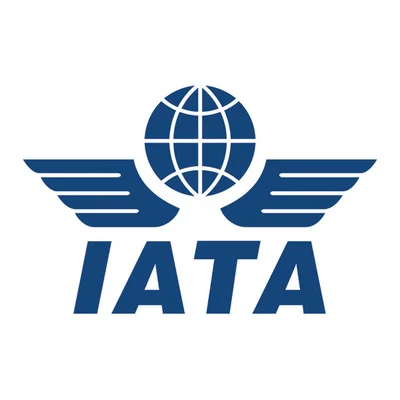In the 1980s and 1990s, the United States saw a significant decline in the production of general aviation aircraft. Manufacturers reduced output due to various factors, leading to an increased popularity of kit aircraft. These home-built aircraft typically seat one to four people and are constructed using simple methods. The rise in cost and litigation issues during this period discouraged manufacturers from introducing new designs, resulting in kit aircraft outselling factory-built models by a ratio of five to one.
Liability costs severely impacted small aircraft production until legal changes in 1994 provided some relief. Single-engine aircraft production began to recover after these changes. Kit aircraft manufacturers like Lancair and Cirrus Design gained prominence as rising prices for traditional aircraft fueled growth in the kit market.
Kit or home-built aircraft are assembled by individuals or partially built by factories, primarily for recreational purposes rather than profit. Notable examples include the Lancair Propjet, featuring cabin pressurization and a turboprop engine capable of cruising at high speeds, and the Cirrus VK-30, known for its composite construction and unique design.
 Alerts Sign-up
Alerts Sign-up



































